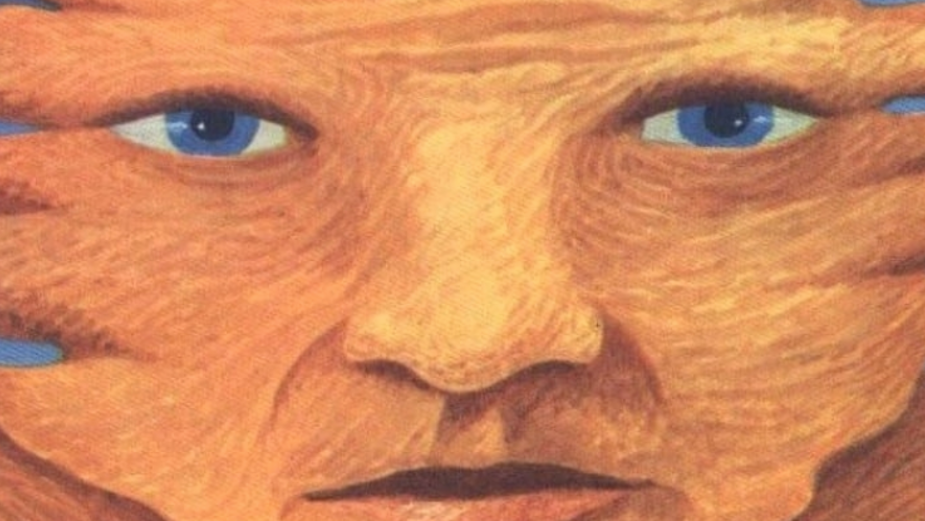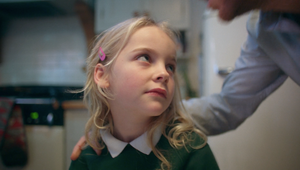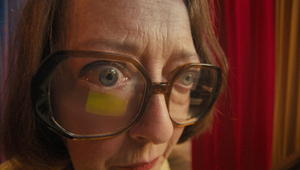
Five Animated Films with Striking Musical Scores

With the global pandemic putting a temporary halt to the production of live-action film and television, 2020 could be a year for the animation studios to shine. And while the praises of Disney, Pixar and Studio Ghibli are rightly sung all around the globe, a host of captivating animated works exists outside of these major studios.
The team at Goldstein have chosen five memorable animated films below that stand out not only for their visual style, but also for the music that accompanies it. Enjoy our selection of perfectly-scored animated films below.
‘Geometry of Circles’ (Cathryn Aison, 1979)
Contemporary classical composer Philip Glass has provided rousing scores for everything from 1982 experimental documentary ‘Koyaanisqatsi’ to 1992 urban horror movie ‘Candyman’. But did you know that he once created the music for a series of educational animations on the beloved children’s show ‘Sesame Street’?
One of the more unexpected collaborations on this list occurred in 1979, for four short films titled ‘Geometry of Circles’. These hypnotic animations demonstrate the intricacies of mathematics through the construction of two-dimensional shapes in rainbow-coloured sequences set to the sound of Glass’ orchestral score. While the animation in itself might not offer any advancements in the field of illustration, the series deserves to be remembered as a cultured and artistic interpretation of what children’s television could be.
Suur Tõll (Rein Raamat, 1980)
Animated in stark hues of brown, beige and auburn, Rein Raamat’s ‘Suur Tõll’ is the story of a mystical Baltic giant who battles with the demon Vanatühi, who has wreaked havoc on Tõll and his island’s army. The strikingly bleak tale, which is devoid of emotion in spite of much bloodshed, ostensibly reflects the oppressive conditions under which the film was made. Despite high praise from other Soviet animation directors, USSR censors banned the film from native release in 1980 due to its perceived Estonian nationalistic tendencies and scenes of violence.
With a haunting score made up of deep organ drones, trilling monotonic chants and eerie electronic effects, ‘Suur Tõll’ leaves a heavy impression on the viewer, and remains a strikingly unique take on both animated films and the fantasy genre in general.
Angel’s Egg (Mamoru Oshii & Yoshitaka Amano, 1985)
While director Mamoru Oshii is best known for landmark 1995 science fiction anime ‘Ghost In The Shell’, this poignant precursor from a decade prior is something an overlooked masterpiece. Critics have offered plenty of praise in retrospective reviews, highlighting the film’s cryptic symbolism, surreal beauty and zen-like atmosphere.
With scarce plot to speak of, the emphasis is instead placed on the rich animated world: a ruinous Art Nouveau cityscape steeped in Christian religious iconography. There is little colour outside of the numerous shades of black, and with minimal dialogue, the film is carried by Yoshihiro Kanno’s evocative, piano-based score. With moments of dissonance supplied by strings and choral vocals, his sombre musical accompaniment is both sophisticated and powerfully emotional.
Belleville Rendezvous (Sylvain Chomet, 2003)
This animated film from Sylvain Chomet was released during an early 2000’s revival of French cinema spurred by the success of ‘Amelie’ in 2001. Applauded for its unique animation style, ‘Belleville Rendezvous’ tells the story of an elderly woman who goes on a quest to rescue her grandson from kidnappers. Largely told through song and pantomime instead of spoken dialogue, the film was nominated for both Best Animated Feature and Best Original Song at the Academy Awards in 2003.
A swinging jazz score by Benoît Charest gives the film a distinctively French feel, while the narrative is also propelled forwards by a trio of jazz singers who assist the characters on their journey. It’s an acutely musical film, and, deservedly, it won the César Award for Best Film Music upon its release.
Anomalisa (Charlie Kaufman & Duke Johnson, 2015)
Charlie Kaufman and Duke Johnson’s 2015 stop-motion feature ‘Anomalisa’ is captivating not only for its strikingly expressive animation but also for its profoundly moving and introspective subject matter, which focuses on mental turmoil, imperfect romance and loneliness. The film follows a depressed customer service expert who feels alienated from the world around him to the point that he perceives everyone around him to look and sound the same – until an encounter with an insecure young woman offers him a fleeting moment of respite from his anguish.
The film took almost two years to produce as a result of its laborious animation techniques, which used 3D-printed puppets closely modelled on human movements and facial expressions. Carter Burwell’s powerful score, meanwhile, was adapted from the film’s origins as a stage play in Los Angeles in 2005. In this form, lines would be read from off-stage as a 'sound play', where the story was instead expressed through the use of a musical score and foley artists making sound effects.












